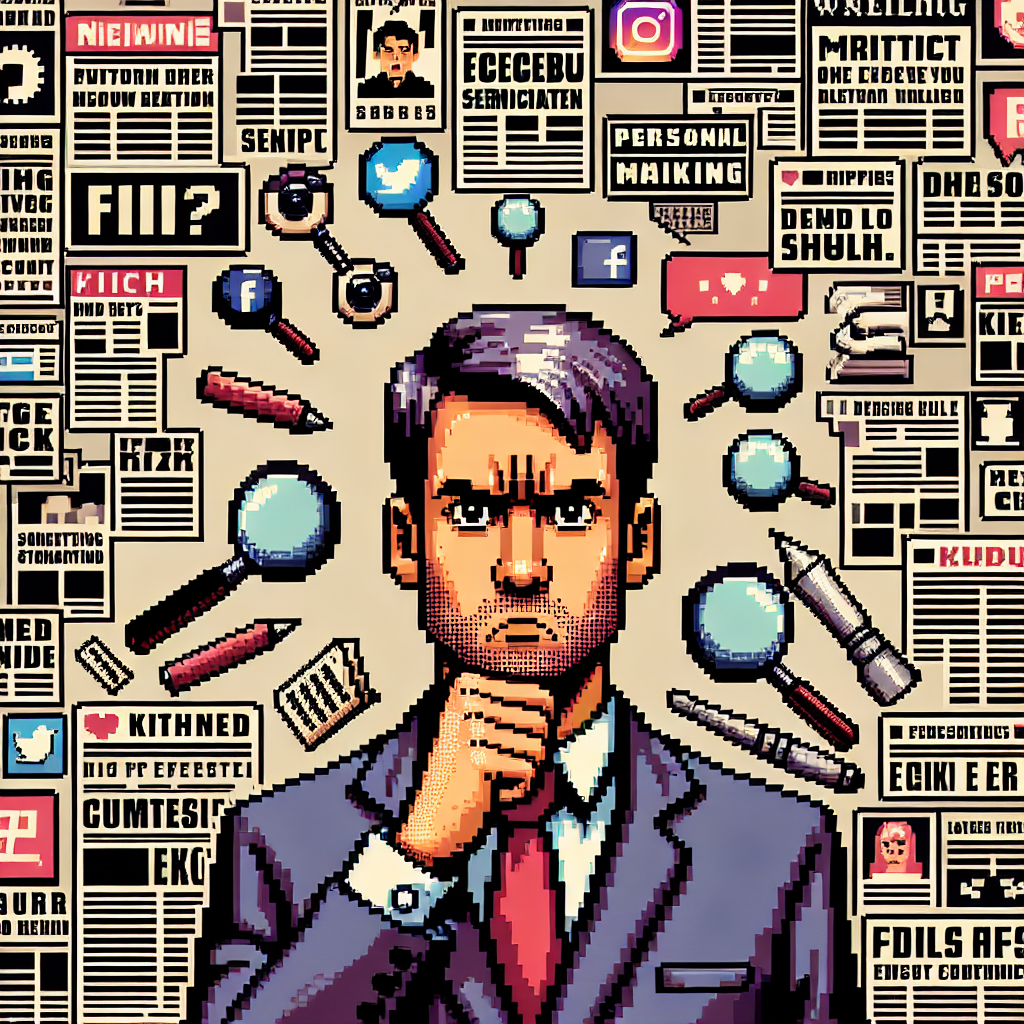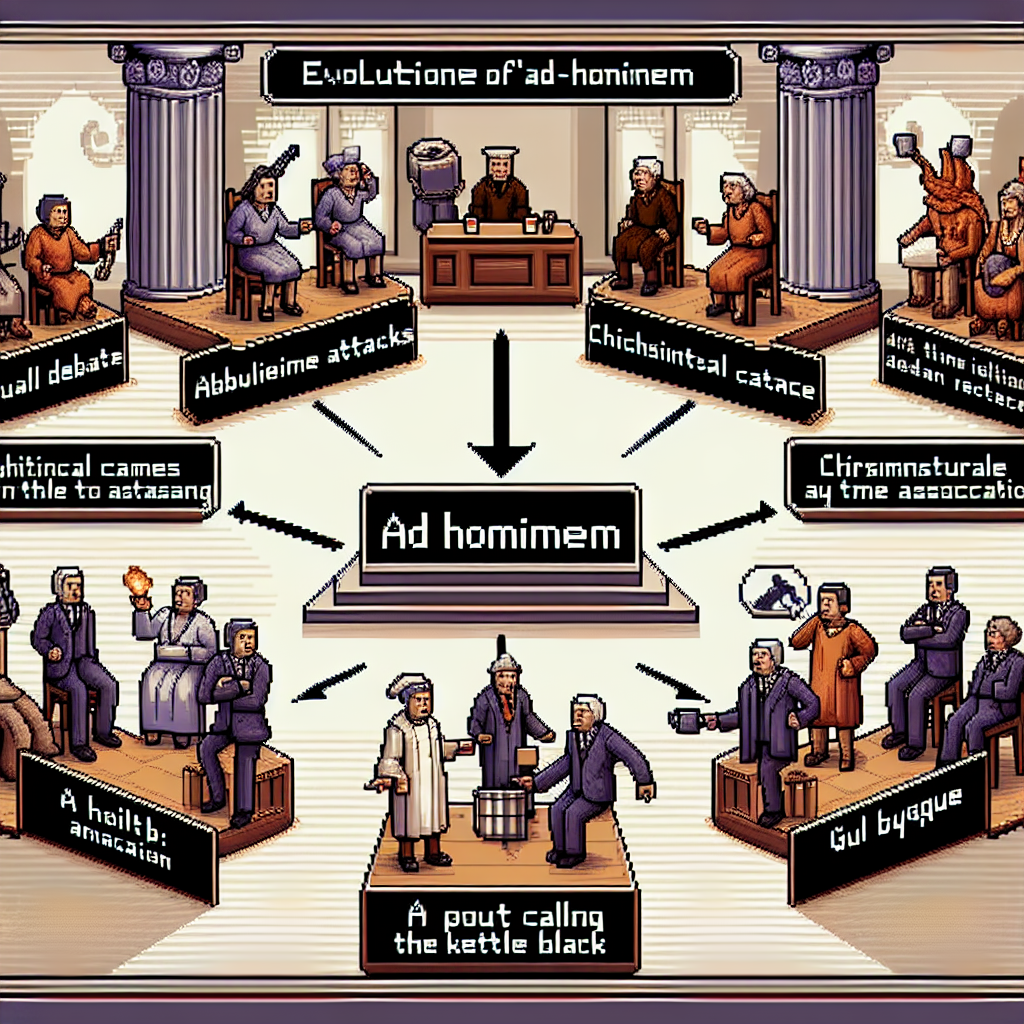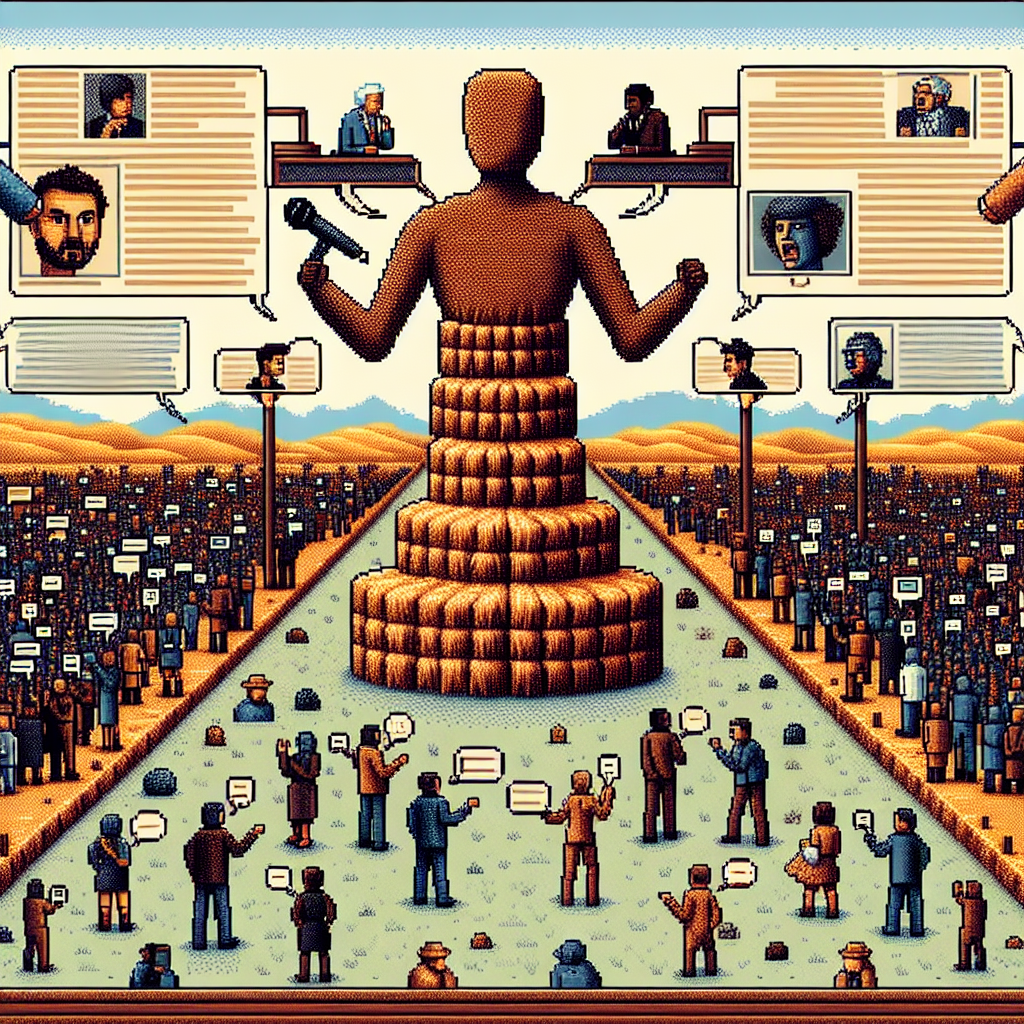Understanding Personal Incredulity
Definition of Personal Incredulity
Personal Incredulity refers to a logical fallacy where an individual finds something hard to understand or accept, and therefore concludes it’s untrue or unlikely. In a world constantly flooded with new information, this fallacy surfaces frequently, challenging our ability to discern fact from fiction.
Importance of Understanding Logical Fallacies in Today’s News
Understanding logical fallacies, like Personal Incredulity, is crucial in today’s media landscape. With the rapid dissemination of news, particularly through digital platforms, the potential for misinformation is significantly heightened. Additionally, fallacies often distort the truth, influencing public opinion and shaping societal beliefs in ways that can hinder informed decision-making. By recognizing these fallacies, individuals can cultivate critical thinking skills, promoting a more informed and discerning approach to the news they consume. Consequently, this awareness not only enhances personal understanding but also contributes to a more rational and balanced public discourse.
The Psychology Behind Personal Incredulity
Cognitive Biases and Their Influence
Personal Incredulity often arises from cognitive biases that affect our judgment. These biases can cloud our perception, making it difficult to accept unfamiliar ideas. Additionally, individuals may rely on past experiences or preconceived notions. This reliance can lead to skepticism about new information.
How Personal Incredulity Manifests in Everyday Thinking
In everyday situations, Personal Incredulity often manifests when individuals encounter complex or unfamiliar topics. This mental shortcut can result in dismissing or questioning unsupported claims. Before forming an informed opinion, people might resist new concepts because they seem too abstract or counterintuitive. Furthermore, this incredulity is compounded during decision-making processes, where one may lean on more digestible, albeit incorrect, explanations. Recognizing these tendencies is crucial. Despite the challenge, individuals can learn to examine why they doubt certain information, promoting a more open-minded and informed approach to understanding the world around them.
Personal Incredulity in the Media
Examples of News Stories Affected by Personal Incredulity
In today’s fast-paced information age, Personal Incredulity often manifests in news stories, distorting public understanding. This occurs when individuals reject facts simply because they seem implausible. Additionally, select media outlets may capitalize on this by crafting narratives that confirm pre-existing beliefs, exacerbating misinformation.
The Role of Sensationalism and Misinformation
News stories frequently lean on sensationalism to capture attention. During this process, facts can become exaggerated, feeding into Personal Incredulity among audiences. Furthermore, platforms pushing such sensational content may not always prioritize fact-checking, leading to the rapid spread of misinformation. Consequently, the public becomes more susceptible to false narratives before critically analyzing the facts. It’s crucial for readers to remain mindful and skeptical of overly dramatic headlines. By promoting media literacy and fostering an environment of critical thinking, the negative impact of Personal Incredulity in news media can be mitigated.
Impact of Personal Incredulity on Public Perception
Shaping Opinions and Beliefs
Personal Incredulity significantly influences how individuals form opinions and beliefs. When people encounter information that contradicts their existing viewpoints, they often experience a mental block, rejecting or dismissively questioning the new data. This cognitive bias, prevalent in today’s news landscape, distorts public perception by favoring familiar narratives over unfamiliar truths. Additionally, Personal Incredulity can lead to the dangerous spread of misinformation as people are swayed more by what feels true than what is factual.
Spread of False Narratives
The repercussions of this bias are profound, leading to the dissemination of false narratives. During discussions on pivotal issues, such as climate change or public health, misconceptions flourish because of Personal Incredulity. Despite efforts to present verified information, the challenge remains as individuals gravitate toward sources that confirm their pre-existing beliefs. Therefore, addressing this bias is crucial to ensuring a well-informed public, capable of discernment in the face of deceptive news.
Combating Personal Incredulity
Strategies for Critical Thinking
Developing critical thinking skills is essential in overcoming Personal Incredulity. Individuals should practice questioning assumptions and evaluating evidence objectively. Additionally, critical thinking involves recognizing and avoiding logical fallacies, which often cloud judgment. During discussions, consider diverse perspectives to broaden understanding and challenge ingrained biases.
Encouraging Media Literacy
Media literacy acts as a powerful tool against misinformation and the proliferation of Personal Incredulity. Encouraging people to verify the authenticity of sources and cross-check facts enhances their ability to discern truth from fiction. Despite the overwhelming amount of information available, prioritizing credible outlets can significantly reduce the risk of falling prey to false narratives. Furthermore, education programs focused on media literacy can empower communities to engage with news more responsibly, ultimately fostering a well-informed public.
The Role of Technology and Social Media in Combating Personal Incredulity
Amplification of Personal Incredulity
In the digital age, technology and social media have become powerful channels that both amplify and challenge personal incredulity. Because of their widespread reach, false information can spread quickly, making it crucial to address the roots of this problem. During times of crisis, disbelief can easily morph into skepticism, fueled by echo chambers and algorithm-driven content.
Tools and Platforms for Dispelling Myths
To counter these effects, platforms should prioritize reliable information sources and develop algorithms that reward accuracy over sensationalism. Additionally, tools like fact-checkers and educational initiatives play a vital role in increasing media literacy. By teaching individuals how to critically assess the information they encounter, we can reduce the hold of personal incredulity on public perception. Platforms can further implement community-driven efforts that scrutinize questionable content, ensuring that truth is not just available but highlighted prominently. Despite the challenges, by harnessing technology wisely, we can empower users to discern fact from fiction effectively.
Case Study: Personal Incredulity in Vaccine Skepticism
Background
Personal Incredulity often finds fertile ground in debates surrounding scientific topics such as vaccinations. Despite overwhelming scientific evidence supporting vaccine effectiveness, some individuals find it difficult to accept, because the concept is complex and counterintuitive to their personal experiences.
Manifestation
During the COVID-19 pandemic, misinformation spread rapidly through social media. Many news stories highlighted unfounded fears about vaccine side effects, which served to reinforce personal incredulity among skeptical individuals. Additionally, emotional anecdotes and sensationalistic headlines further fueled doubts and confusion.
Solution
To combat this issue, it’s crucial to employ strategies for critical thinking and encourage media literacy. Educational campaigns focusing on the safety and effectiveness of vaccines can help dispel myths. Furthermore, facilitating open discussions between healthcare professionals and the public may bridge understanding. Utilizing technology platforms to share accurate information ensures access to facts, thereby gradually shifting public perception towards acceptance and understanding.


